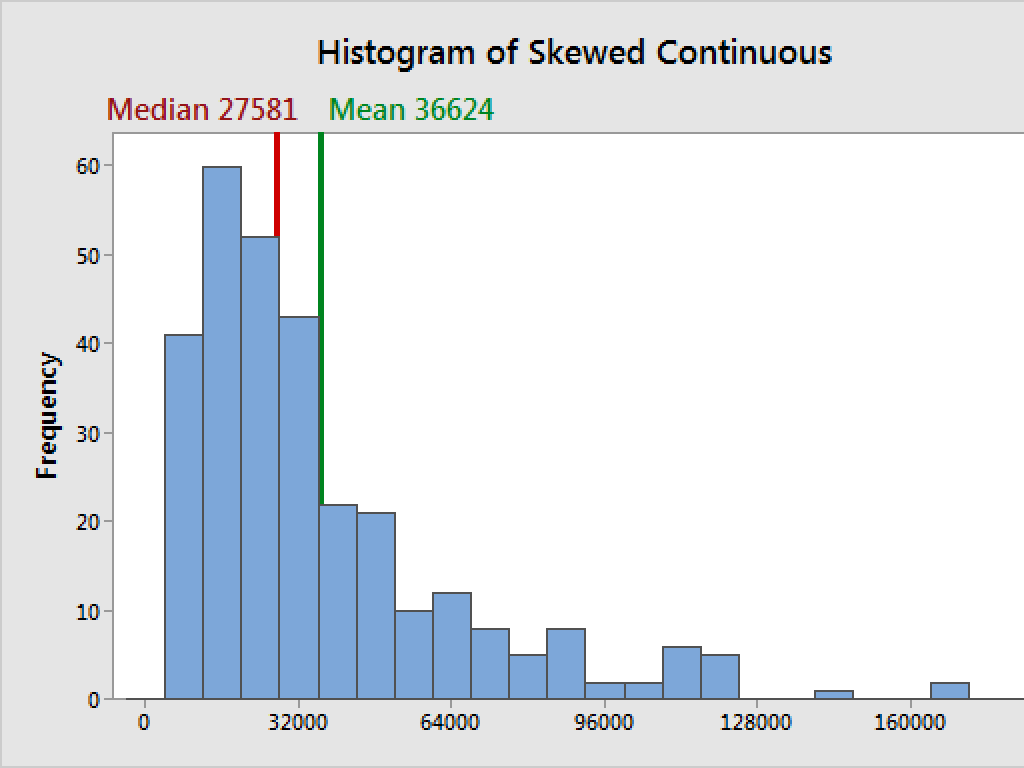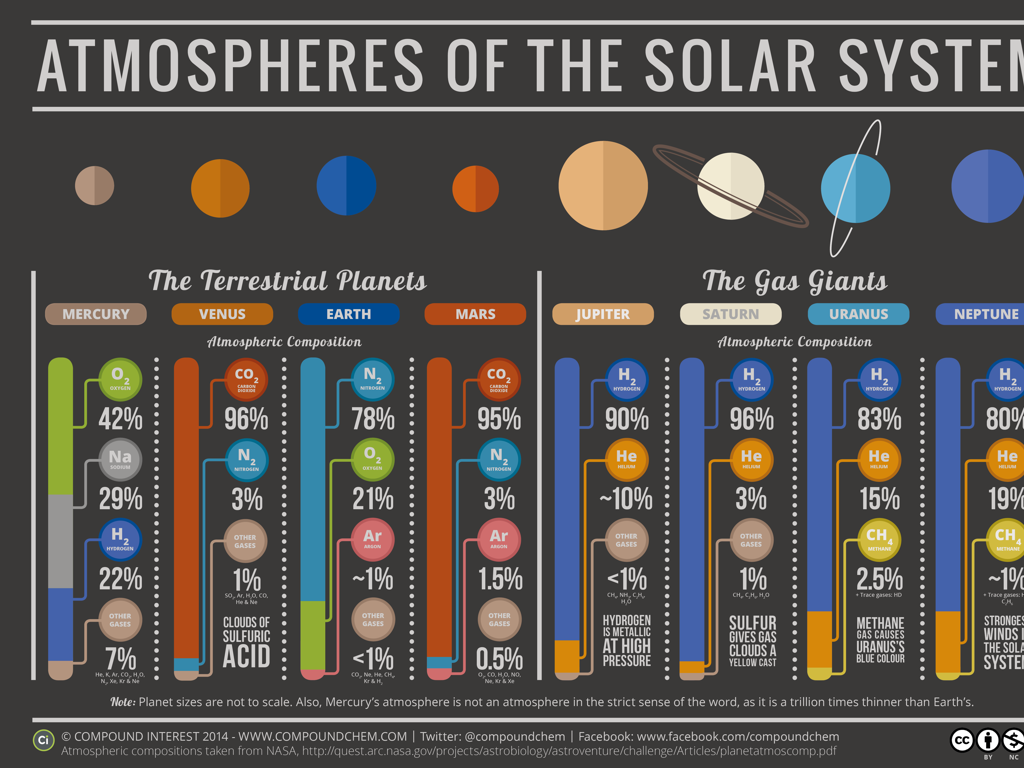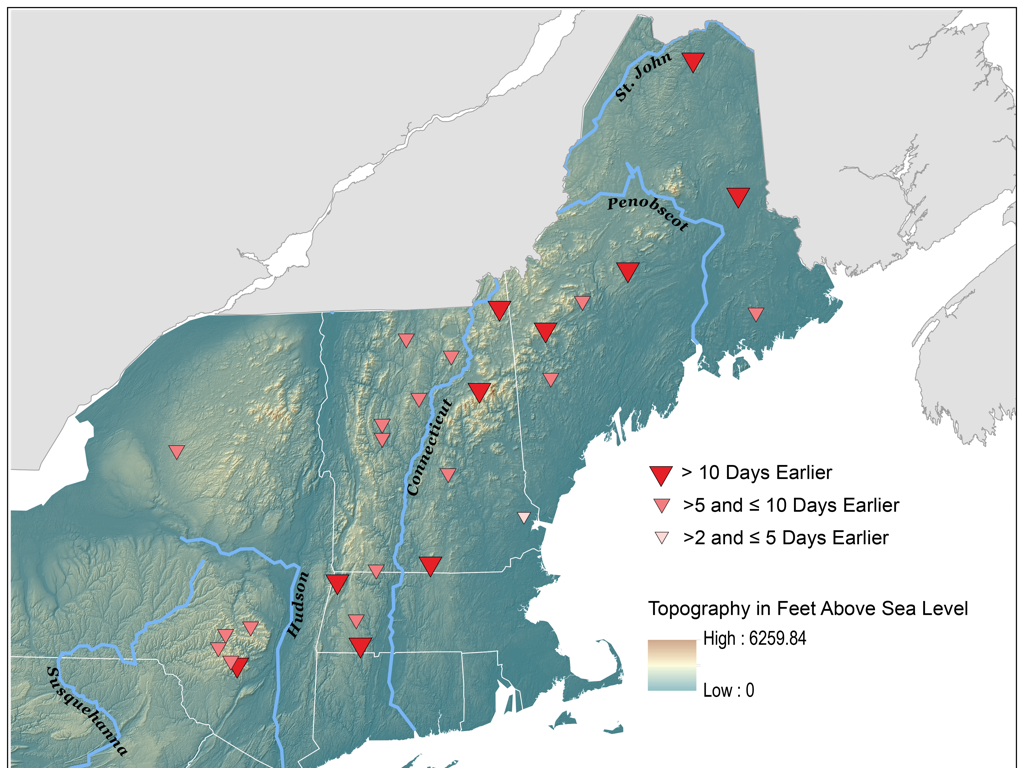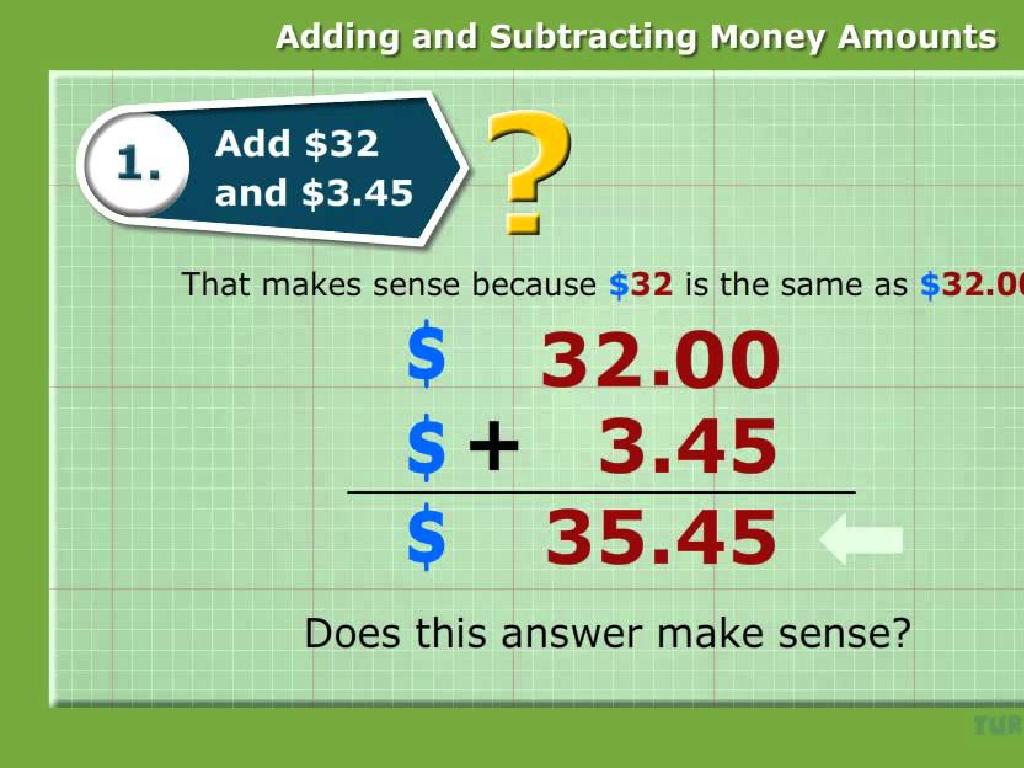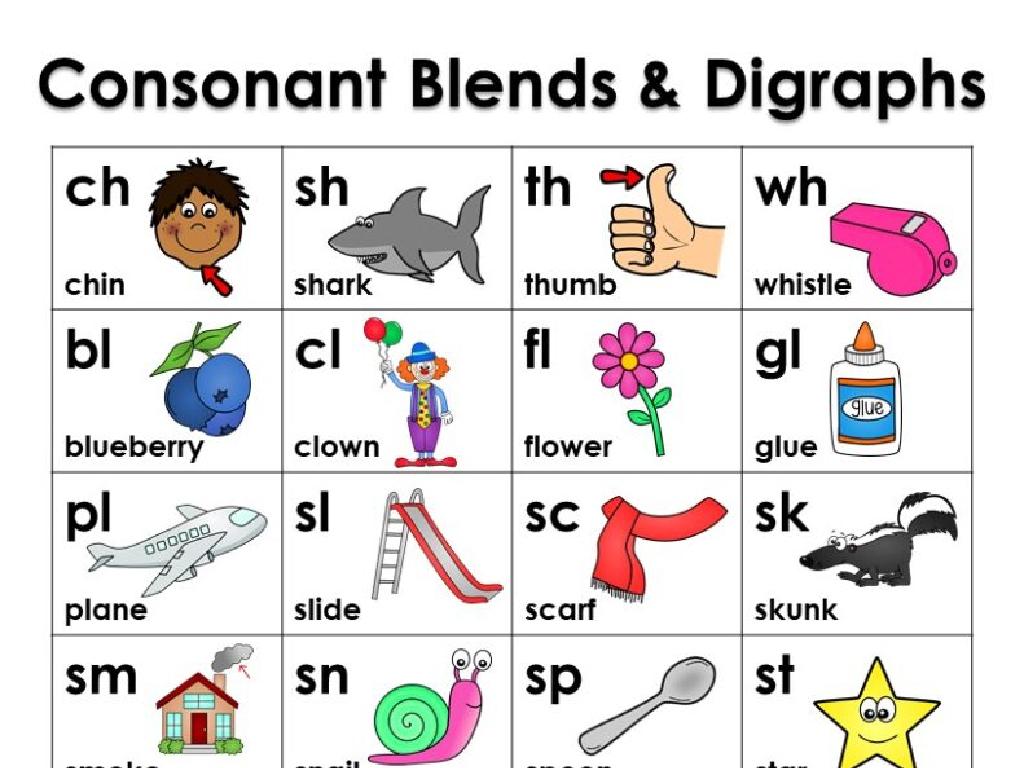Area Of Rectangles And Squares
Subject: Math
Grade: Sixth grade
Topic: Perimeter And Area
Please LOG IN to download the presentation. Access is available to registered users only.
View More Content
Welcome to Perimeter and Area!
– Exploring space around us
– Defining perimeter and area
– Perimeter is the boundary length, area measures space inside.
– Significance of perimeter and area
– Helps in determining space for construction, farming, etc.
– Real-world applications
– Used in everyday life, e.g., buying carpet, fencing a yard.
|
This slide introduces the concepts of perimeter and area as tools to understand the space around us. Perimeter is the total distance around the edge of a shape, while area is the measure of space inside a two-dimensional shape. Understanding these concepts is crucial for real-life applications such as planning construction projects, agricultural activities, interior design, and more. Encourage students to think of situations where they might need to measure the space around or within objects. This will help them grasp why learning about perimeter and area is important for practical problem-solving.
Recap: Understanding Perimeter
– Perimeter: distance around a shape
– Calculating rectangle/square perimeter
– Add up all sides: For rectangles, 2(length + width). For squares, 4(side length).
– Real-life perimeter examples
– Fences around gardens, frames around pictures.
– Practice finding perimeters
– Measure sides of items at home to find perimeter.
|
This slide is a quick recap of the concept of perimeter, aimed at reinforcing students’ understanding before moving on to the area of rectangles and squares. Begin by defining perimeter as the total distance around the edge of a two-dimensional shape. Explain the formulas for calculating the perimeter of rectangles and squares, emphasizing the difference between the two. Provide relatable examples, such as the length of a fence needed to enclose a backyard or the border of a picture frame, to illustrate the concept in a practical context. Conclude with an activity where students can practice measuring objects around the classroom or at home to find their perimeters, solidifying their grasp of the concept.
Introduction to Area
– Area measures inside space
– It’s the size of a surface! For example, the area of a bedroom.
– Area’s unit: square units
– We use square meters (m²) or square feet (ft²) to measure area.
– Area vs. Perimeter
– Perimeter is the border length; area is the space within.
– Calculating area examples
– For a rectangle, multiply length by width (l × w = area).
|
This slide introduces the concept of area as a measure of the space inside a two-dimensional shape. Emphasize that area is different from perimeter, which is the distance around a shape. Use square units to explain how area is measured, and provide simple examples of calculating the area for rectangles and squares. Encourage students to think of real-life examples where they might need to measure area, such as laying new carpet in a room or covering a table with a cloth. This will help them understand the practical applications of the concept.
Calculating Area of a Rectangle
– Understand the formula for area
– Area = length × width, where length and width are sides of a rectangle
– Example: Find area of a rectangle
– If length = 8 cm and width = 3 cm, Area = 8 cm × 3 cm = 24 cm²
– Discussing area measurement units
– Area is measured in square units, like square meters (m²), square centimeters (cm²)
– Practice problem for students
|
This slide introduces the concept of calculating the area of a rectangle. Start by explaining the formula, where the area is the product of the length and width of the rectangle. Work through an example problem as a class to solidify understanding. Emphasize the importance of units of measurement, explaining that area is always expressed in square units. Conclude with a practice problem for the students to solve independently, reinforcing the lesson’s concepts.
Calculating Area of a Square
– Area formula for a square
– Area = side × side, where all sides are equal
– Square vs. rectangle area
– A square is a rectangle with equal sides, so the formula simplifies
– Practice problem
– Find the area of a square with a side length of 5 cm
|
This slide introduces students to the concept of calculating the area of a square. The formula for the area of a square is a specific case of the rectangle formula, where all sides have equal length. Emphasize that in a square, because all sides are equal, we simply multiply the length of one side by itself. For the practice problem, guide students to apply the formula by multiplying the side length of 5 cm by itself to find the area. Encourage students to solve the problem on their own and then discuss the solution as a class. This exercise will help solidify their understanding of area calculation for squares.
Real-World Applications of Area
– Understanding area in daily life
– Example: Flooring a room
– To cover a floor, we calculate area to know how much material is needed.
– Example: Painting a wall
– When painting, area tells us how much paint to buy.
– Discuss other area applications
– Think of examples like gardening or buying a carpet.
|
This slide aims to show students the practical importance of understanding the concept of area in real life. Start by explaining that area is a measure of how much surface an object covers. Use tangible examples such as calculating the amount of flooring material needed for a room or the quantity of paint required for a wall. Encourage students to engage in a group discussion to brainstorm other situations where calculating area is necessary, such as determining the size of a garden plot for planting or the size of a carpet for a living room. This will help them appreciate the relevance of mathematics in everyday life and see the value in learning these concepts.
Let’s Practice Together: Area Calculation
– Calculate areas of rectangles/squares
– Use formula: Area = length × width for rectangles, and side × side for squares
– Share answers with a classmate
– Explain your process to your partner and compare results
– Discuss challenges faced
– Talk about any difficulties while calculating
– Address any questions
|
This slide sets up a collaborative class activity focused on calculating the area of rectangles and squares. Students should use the appropriate formulas: Area = length × width for rectangles, and Area = side × side (or side squared) for squares. After individual work, they will pair up to share and compare their answers, fostering peer learning. Encourage them to discuss any difficulties they encountered during the calculations and to ask questions either to their partner or to the class. As a teacher, circulate the room to assist with any challenges and to ensure that students are correctly applying the formulas. Possible activities could include calculating the area of paper sheets, classroom objects like books, or even areas on the school grounds if the class can move outside.
Homework: Mastering Area Calculation
– Complete the area worksheet
– Choose one problem to present
– Pick a problem that challenged you
– Show all steps of your work
– Write each calculation clearly
– Full credit for explained answers
– Explain how you found the area
|
This homework assignment is designed to reinforce the concepts taught in class about calculating the area of rectangles and squares. Students are expected to complete a worksheet that provides practice problems on this topic. Additionally, they should be prepared to present one problem from the homework in the next class, which will help them to articulate their understanding and thought process. It is crucial that students show each step of their work when solving the problems to receive full credit, as this demonstrates their method and understanding of the concept. The teacher should remind students that the process is just as important as the final answer and encourage them to explain their reasoning during their presentation.
Class Activity: Create Your Own Shape!
– Draw a rectangle or square on grid paper
– Calculate the shape’s perimeter
Add all sides to find the perimeter
– Find the area of your shape
Multiply length by width for area
– Share and discuss with the class
|
This activity is designed to reinforce the concepts of perimeter and area in a hands-on way. Provide each student with grid paper and ask them to draw a rectangle or square of their choice. They should then calculate the perimeter by adding together the lengths of all sides. For the area, they should multiply the length by the width. Once everyone has completed their calculations, facilitate a class discussion where students can share their shapes and how they determined the perimeter and area. This will allow students to learn from each other and clarify any misunderstandings. Possible variations of the activity could include challenging students to create shapes with a specific perimeter or area, or comparing the areas of different shapes with the same perimeter.

